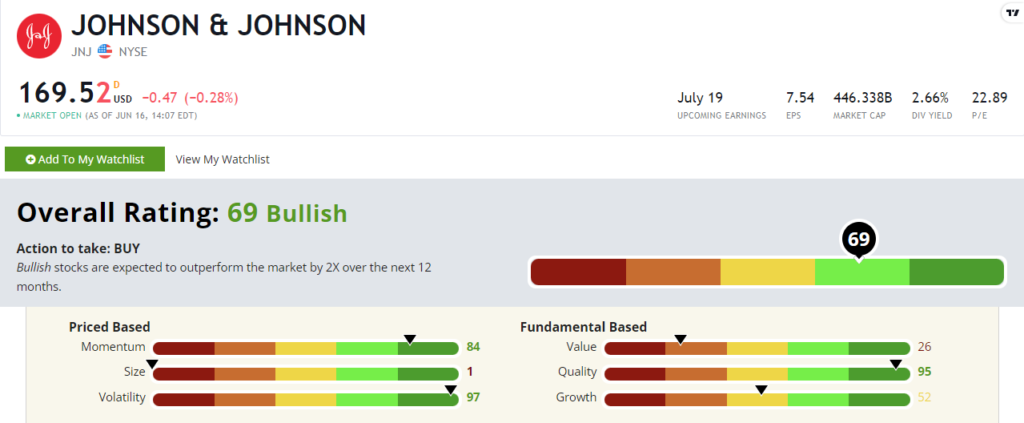Editor’s Note: This story was originally published in June 2022, but the underlying research on the quality factor within Adam O’Dell’s Stock Power Ratings system is a must-read in any market.
Two major indexes are already in bear market territory. And the Dow Jones Industrial Average isn’t far behind.
During down markets like this, a stock’s quality takes the spotlight. It’s why “quality” is one of the six factors within my proprietary Stock Power Ratings system.
As the ever-quotable Warren Buffett put it: “It’s only when the tide goes out that you learn who has been swimming naked.”
Strong, high-quality companies survive bear markets and even come out of them stronger. Low-quality junk doesn’t often share the same fate.
I mention Buffett for a reason. He’s best known as a value investor, but he wouldn’t agree with that label. He has dismissed pure value investing, calling it “cigar butt” investing because it focuses only on companies that are dirt-cheap. He famously said: “It’s far better to buy a wonderful company at a fair price than a fair company at a wonderful price.”
That’s the essence of investing in stocks with solid quality metrics.
This sounds like a great concept. Who doesn’t like buying quality companies? My research has shown that high-quality companies outperform over time. It’s why this factor made the cut when I was developing my system.
But how do you define something as subjective as “quality”?
Let me show you how we do it in Stock Power Ratings.
How We Quantify “Quality”
We make quality objective by focusing on the numbers. Profitability and other quantifiable factors determine where a stock lands on our 0 to 100 scale.
My Stock Power Ratings system considers a company’s profitability using a variety of metrics including return on assets, equity and invested capital. We measure these numbers over both short- and long-term time frames.
Quality also factors in a company’s profit margins, including the gross profit margin, net profit margin and free cash flow margin.
Finally, in terms of profitability, my model considers earnings, operating cash flow and free cash flow on a per-share basis … as well as the consistency of earnings over prior quarters.
Beyond profitability, my quality rating also includes information about a company’s debt load and its ability to service that debt. And it looks at a metric called asset turnover, which measures the efficiency of a company’s operations.
All told, the quality factor is built on 27 individual metrics.
But my Stock Power Ratings system boils all of that data down into one simple number from 0 to 100.
It’s an effective way to help us distinguish high-quality companies worth considering from the “junk” that, at any price, we should leave alone.
And with the market in its current state, the quality factor helps us identify companies that have more success weathering the storm.
Here’s one example…
Johnson & Johnson Is a Quality Stock
Pharmaceutical and consumer products leader Johnson & Johnson (NYSE: JNJ) is known as a high-quality blue-chip stock.
JNJ rates a “Bullish” 69 on my Stock Power Ratings system, but it rates a stellar 95 on my quality factor.
It’s also worth mentioning that JNJ rates even higher on my volatility factor at 97. This is a high-quality, no-drama stock, and it’s managed to navigate a brutal 2022 with no real damage.
JNJ shares are flat on the year. The company's profitability and cash-on-hand is a big part of that.
I’m a trader at heart. It’s my job to look for market-crushing opportunities. I’m never going to recommend you put your entire portfolio in mature mega caps like Johnson & Johnson.
Buthigh-quality companies like JNJ help you get through a bear market intact. And you can rest assured that, once it’s all over, you can recover those smaller losses and get back to crushing the market.
To good profits,

Adam O’Dell
Chief Investment Strategist, Money & Markets





